Category: Sensors
-

Sensors 3D printed directly on lungs, heart could be used with surgical robots to diagnose, monitor disease
Michael McAlpine and University of Minnesota colleagues used 3D printing and motion capture technology to print electronic sensors directly on organs that are expanding and contracting, such as the heart and lungs. This could be used to diagnose and monitor the lungs of patients with COVID-19. This builds on the team’s technique which enabled the…
-
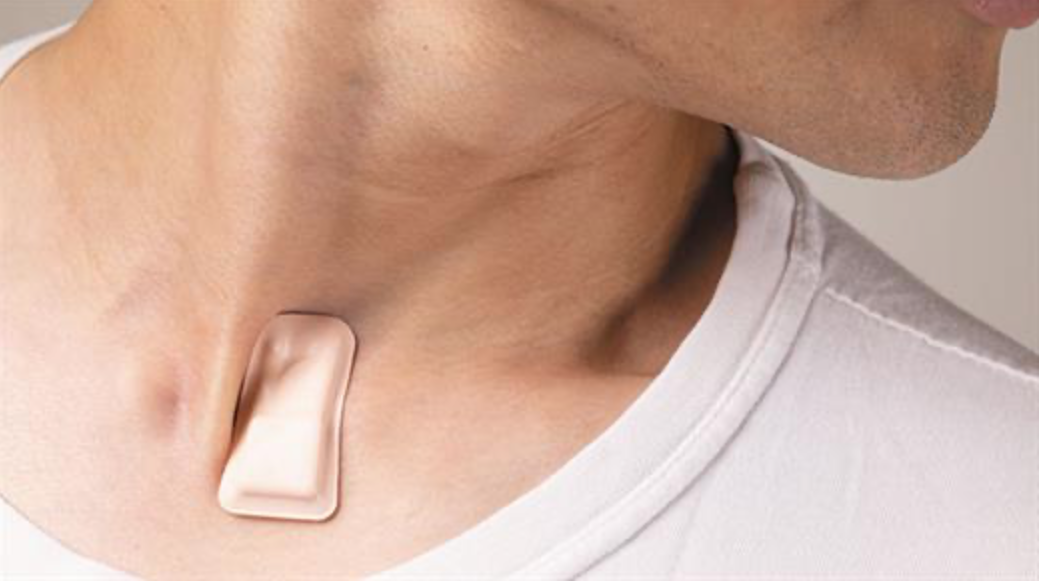
Organic electronic patch + algorithm continuously monitor multiple COVID symptoms
Northwestern and University of Illinois researchers have partnered to combine a COVID symptom-detecting wearable with a method to organize and analyze the massive data sets required to accurately show disease progression. The technology will be used in hospitals and nursing homes, to monitor both patients and healthcare workers, to identify contagion early in an effort…
-
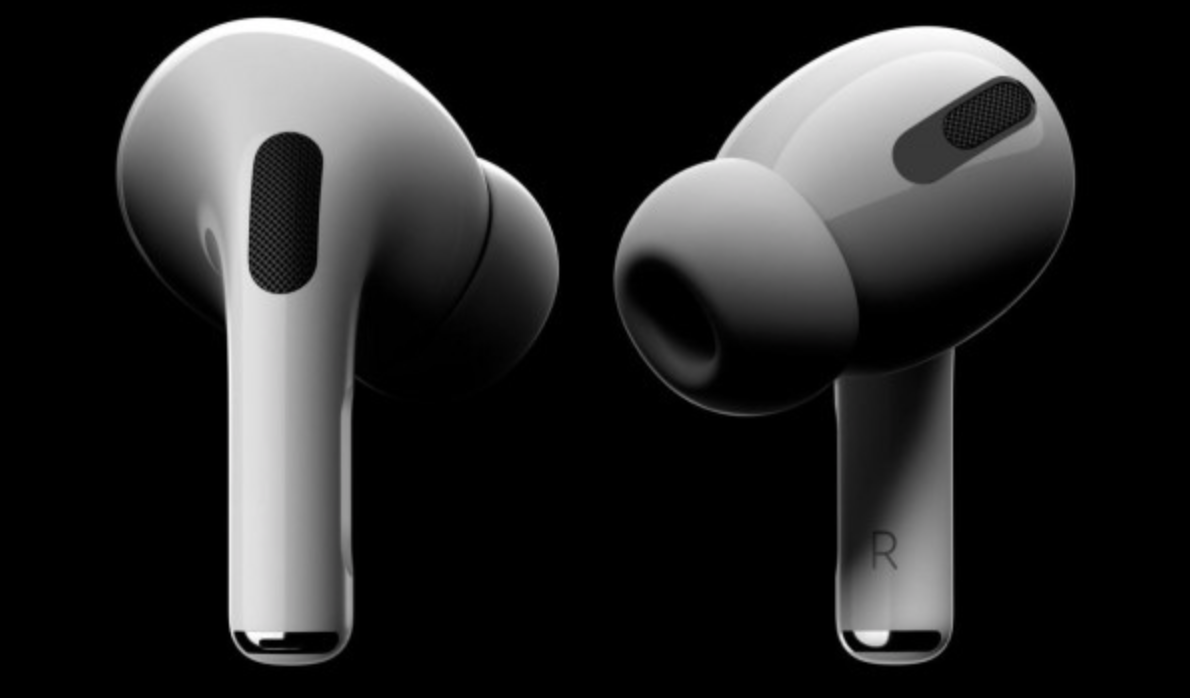
AirPod light sensors for health monitoring
A source has told DigiTimes that Apple supplier ASE Technology will manufacture ambient light sensors for AirPods. This could be used to monitor step count, head movement, and heart rate. It could also track blood oxygen levels — a key metric in detecting COVID-19. The shift from consumer-grade to less-obtrusive medical-grade health monitoring at scale…
-

Ultra thin sensor measures pulse, scans fingerprints, vein patterns
University of Tokyo’s Takao Someya has developed a very thin sensor, worn around the finger or arm, which measures pulses and scans fingerprints and vein patterns, which can prevent identification errors in hospitals and nursing homes. It consists of a thin film transistor and an optical sensor, based on Takao Someya, on a sheet, allowing…
-

Joe Wang on next-generation biosensors
Joseph Wang is the SAIC Endowed Chair professor, Chairman of the NanoEngineering Department and Director of the Center for Wearable Sensors at University of California, San Diego, and Editor-in-chief of the journal Electroanalysis. A prolific researcher with more than 1,200 papers and 100,000 citations, he recently developed an ultrasound patch to monitor blood pressure; self-propelled and targeted drug delivery; and continuous…
-
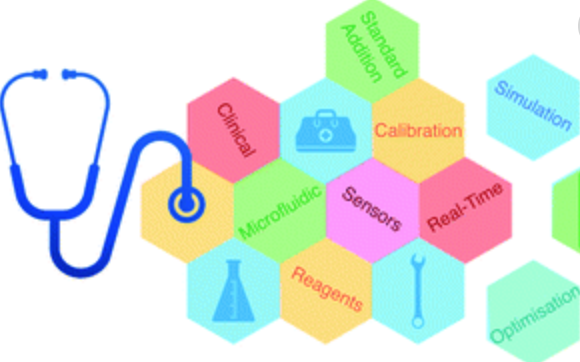
3D-printed, remote-controlled lab on chip for quicker, more accurate monitoring
Imperial College’s Martyn Boutelle has developed a 3D printed, remote-controlled Lab on a Chip for real-time monitoring with improved personal care. Previous ‘Lab on a Chip’ devices have required large external support systems. Sensor deterioration over time inhibited their clinical effectiveness. The device can monitor chemical fluctuations, giving quicker and more accurate results, and potentially…
-
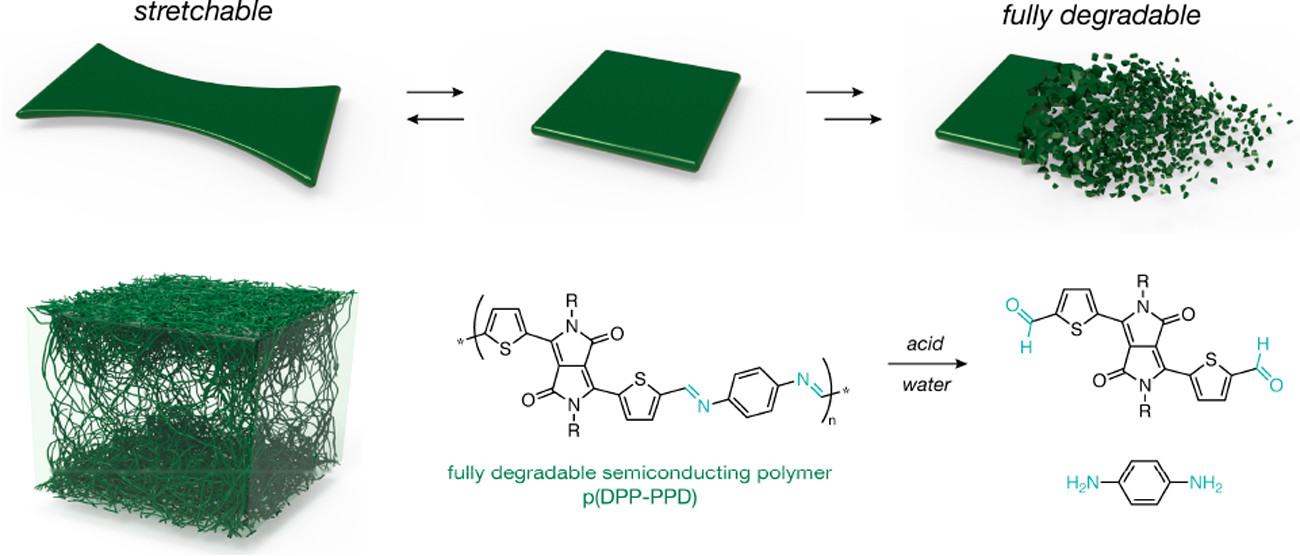
Stretchable, degradable semiconductors for health monitoring
Zhenan Bao has developed stretchable, degradable semiconductors, with the ability to conform to internal organ surfaces, and dissolve and disappear when no longer needed. This is the first example of a material that simultaneously possesses the three qualities of semiconductivity, intrinsic stretchability and full degradability. Other attempts resulted in semiconductors that either did not break down…
-

Sweat sensor monitors metabolites to detect gout, metabolic and other disorders
Caltech’s Wei Gao has developed a wearable sensor that monitors metabolites and nutrients in blood by analyzing sweat. Previously developed, less sensitive, sweat sensors mostly target electrolytes, glucose, and lactate. Gao develops devices based on microfluidics, which minimize the influence of sweat evaporation and skin contamination on sensing accuracy. Previous microfluidic-based wearable sensors were mostly fabricated with a…
-
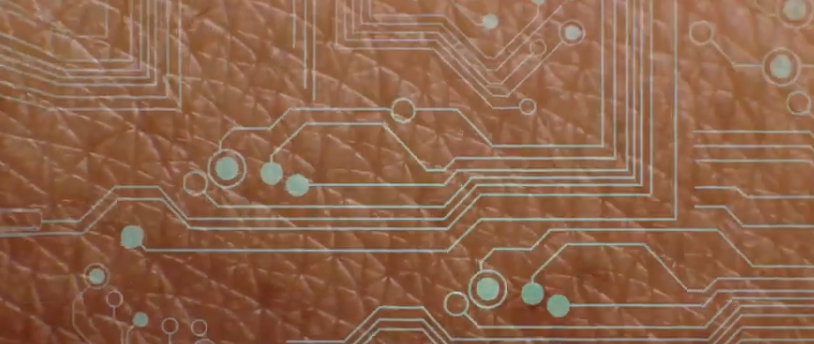
Wireless, wearable sticker adds a sense of touch to VR
John Rogers, Yonggang Huang and Northwestern colleagues have developed an “epidermal VR” system that adds a sense of touch to any virtual reality experience. The device incorporates a distributed array of 32 individually programmable, millimeter-scale actuators, each of which generates a discrete sense of touch at a corresponding location on the skin. Each resonates most strongly…
-
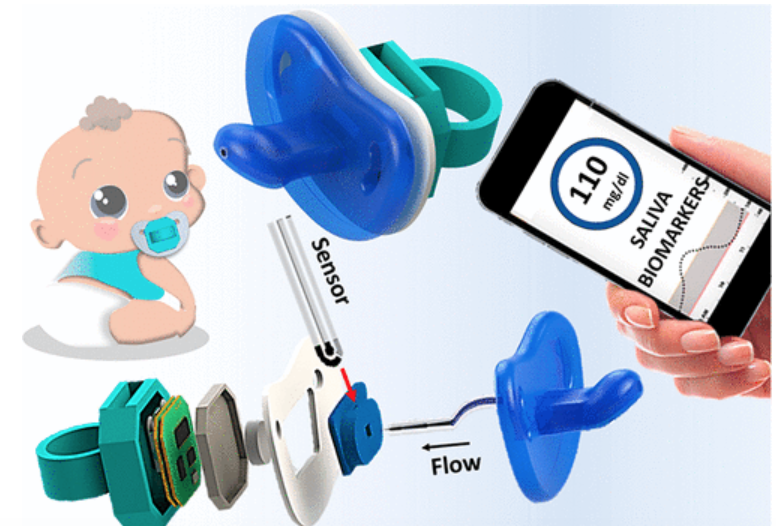
Pacifier sensor detects glucose levels in babies
UCSD’s Joe Wang has developed a soft, flexible, pacifier-based biosensor that continuously monitors glucose levels in saliva to detect diabetes in babies. Until now, continuous glucose monitoring in newborns, available only in major hospitals, requires piercing the infant’s skin to reach interstitial fluid. The team created a proof of concept pacifier where small amounts of saliva…
-

Wearable sensor monitors antibiotic levels in real time
Imperial College’s Timothy Rawson has developed a non-invasive microneedle bionsor patch capable of detecting antibiotic levels in the body. The goal is to reduce the need for blood sampling and analysis, optimize dosage, reduce drug-resistant infections and offer personalized drug delivery, both inside and outside of the hospital. A recent study showed that the accuracy of the real-time…
-
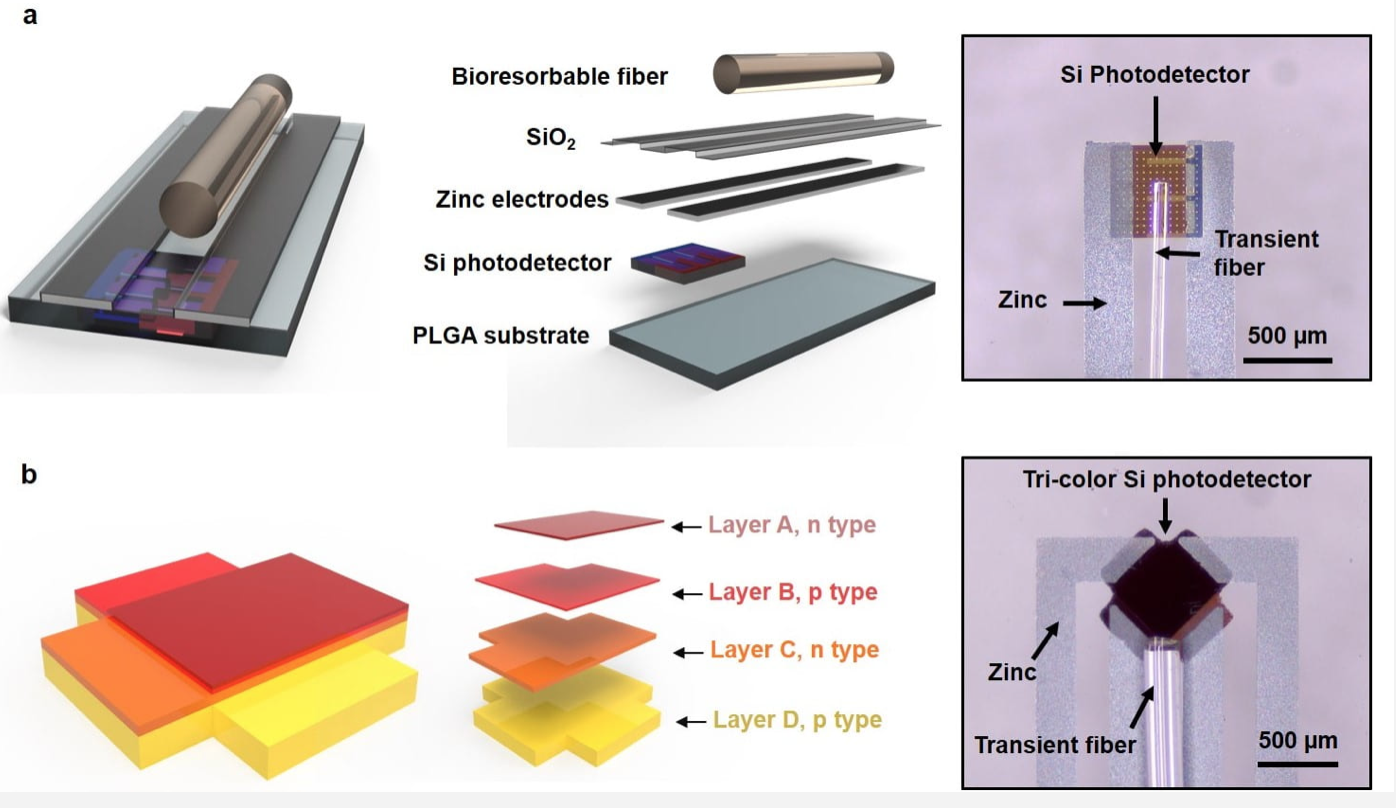
Biodegradable optical sensor monitors physiological function, can provide electrical stimulation, in brain and heart surgery
Northwestern’s John Rogers has developed a biodegradable optical sensor that can be implanted after brain injury and not require a second surgery for removal. According to Rogers: “Optical characterization of tissue can yield quantitative information on blood oxygenation levels. Fluorescence signals can reveal the presence of bacteria as a diagnostic for the formation of an…